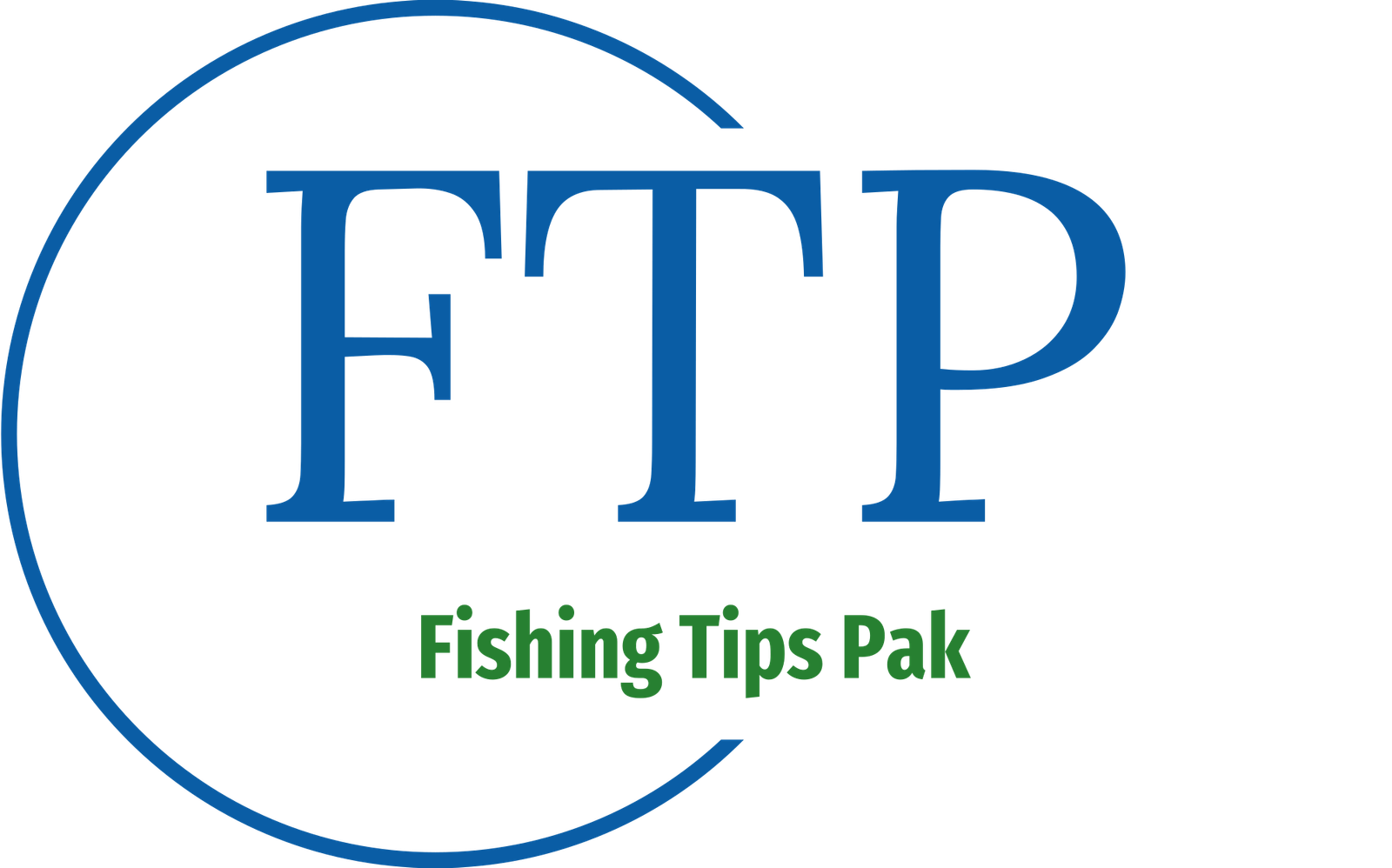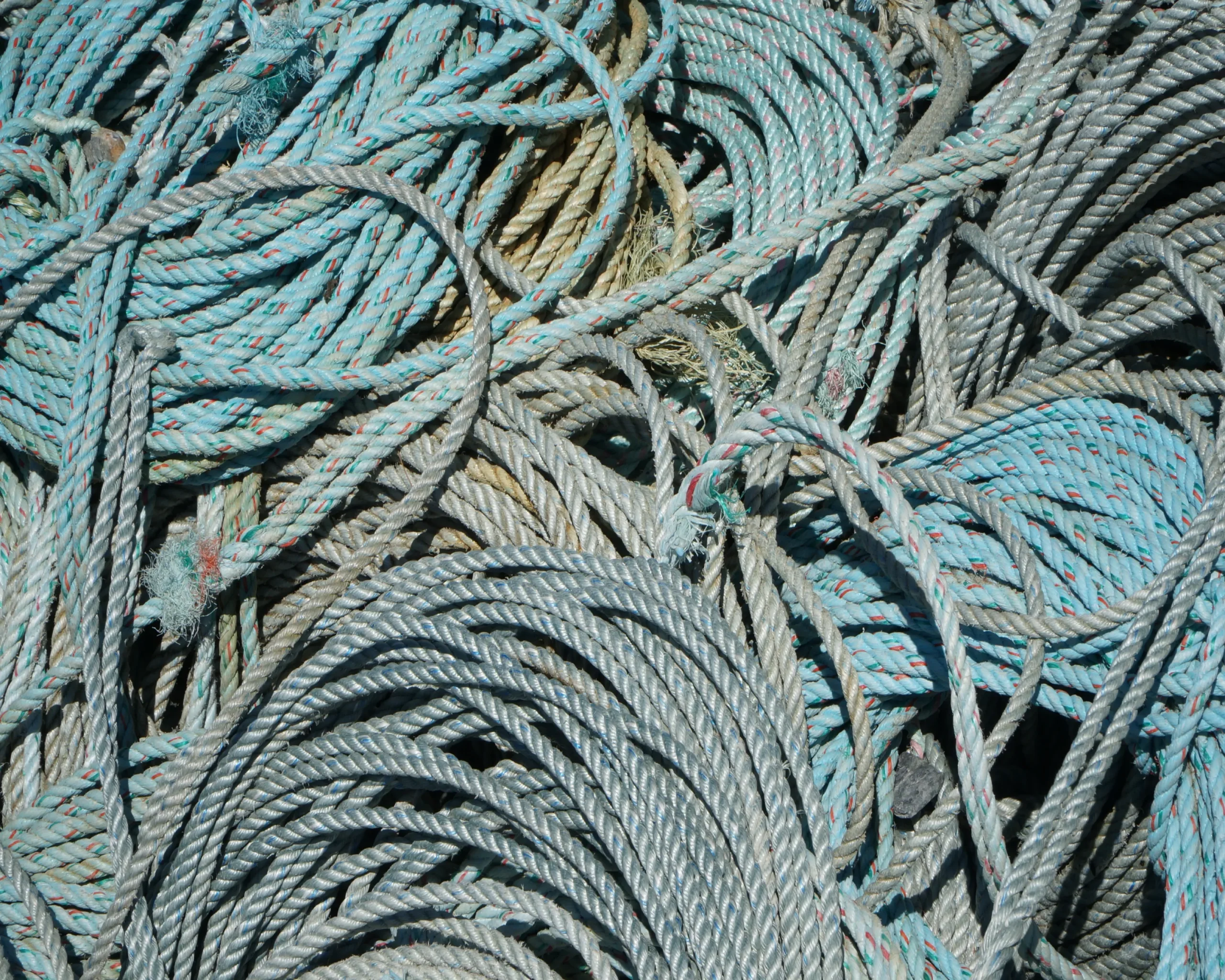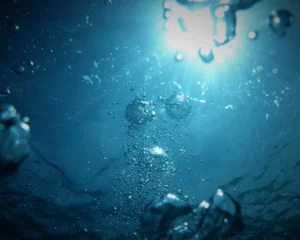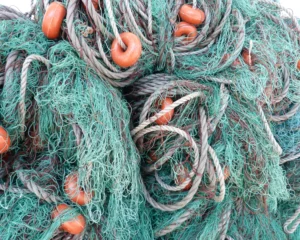Read in Urdu Language Click Here.
Longline Fishing:
Longline fishing is a commercial fishing technique that involves using a long, main fishing line with numerous baited hooks attached at intervals. This method is commonly employed in both offshore and deep-sea environments to catch a variety of fish species, including pelagic (open-ocean) and demersal (bottom-dwelling) species.
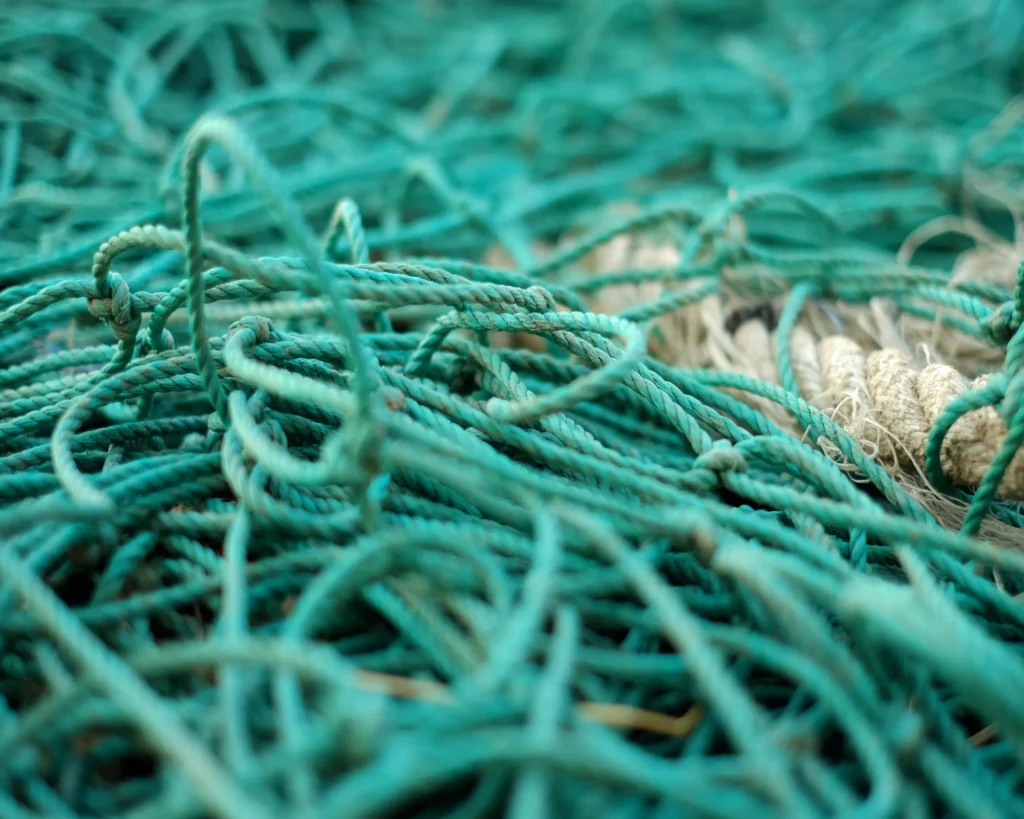
Here are key aspects of longline fishing:
-
Longline Setup:
A longline typically consists of a main line that can stretch for many kilometers, anchored at each end. Secondary lines, called snoods or gangions, are attached to the main line at intervals, and baited hooks are secured to these snoods.
-
Baited Hooks:
Baited hooks are attached to the secondary lines. The type of bait used depends on the target species, but common baits include squid, fish, or artificial lures.
-
Setting and Retrieval:
The longline is set by deploying it into the water, and it is left to fish for a predetermined period. Afterward, the line is retrieved, and the catch is removed from the hooks.
-
Target Species:
Longline fishing is used to target a wide range of species, including tuna, swordfish, sharks, halibut, and various other pelagic and demersal fish.
-
Pelagic and Demersal Longlining:
Pelagic longlining targets species that inhabit the open ocean, while demersal longlining is used in deeper waters, targeting bottom-dwelling species.
-
Bycatch and Discards:
Longline fishing can result in bycatch, where non-target species are caught unintentionally. Bycatch can include species like sea turtles, seabirds, and other marine animals. Efforts are made to reduce bycatch through modifications to gear and fishing practices.
-
Environmental Impact:
Longline fishing has raised environmental concerns, particularly regarding its impact on non-target species and sensitive marine ecosystems. Mitigation measures, such as bird-scaring lines and circle hooks, are sometimes employed to reduce the impact on non-target species.
-
Regulations and Management:
Many regions have implemented regulations to manage longline fishing, including limits on the number of hooks, restrictions on certain areas or seasons, and requirements for specific gear modifications to reduce bycatch.
-
Sustainability Practices:
Sustainable longline fishing practices aim to minimize environmental impact and maintain the health of fish populations. This includes using circle hooks to reduce the likelihood of catching non-target species and adopting best practices for handling and releasing bycatch.
-
Monitoring and Research:
Monitoring and research efforts are essential to understand the impact of longline fishing on marine ecosystems and to develop strategies for sustainable fisheries management.
While longline fishing is an efficient method for catching large quantities of fish, its environmental impact, particularly in terms of bycatch, has led to increased attention on sustainable practices and the development of regulations to address these concerns. Ongoing research and management efforts are crucial to strike a balance between meeting the demand for seafood and ensuring the long-term health of marine ecosystems.
Read in Urdu Language Click Here.
